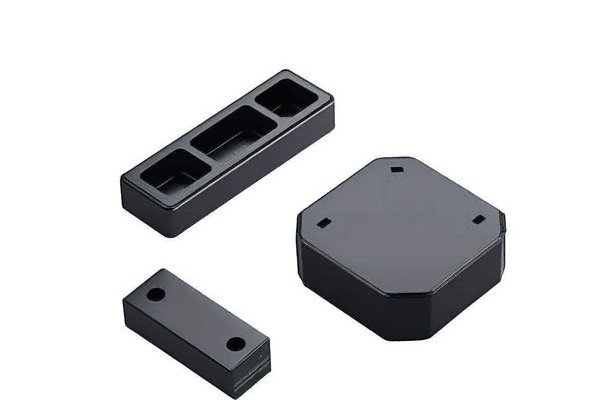: The Crucial Comparison
Did you know that stainless steel is one of the most widely used materials in manufacturing, with a growing demand estimated to reach 40 million metric tons by 2027? Among various grades of stainless steel, 17-4PH and 304 are particularly noteworthy, especially when it comes to CNC machining. Understanding the differences in their machinability can significantly enhance your production efficiency and quality.
In this comprehensive blog post, we will dive deep into the distinctions between 17-4PH stainless steel and 304 stainless steel in the context of CNC machining. We will explore their mechanical properties, how they respond to machining processes, the best practices for optimizing results, and practical implications for your projects.
Section 1: An Overview of Stainless Steel Grades
1.1 What is Stainless Steel?
Stainless steel is an alloy composed primarily of iron, carbon, and chromium. The presence of chromium provides a protective oxide layer that helps prevent corrosion, making stainless steel suitable for harsh environments.
1.2 Popular Grades of Stainless Steel
Among various grades of stainless steel, 304 and 17-4PH stand out due to their unique properties and applications:
Section 2: Mechanical Properties Comparison
To understand how 17-4PH and 304 stainless steel behave during CNC machining, we must first look at their mechanical properties.
| Property | 304 Stainless Steel | 17-4PH Stainless Steel |
|————————–|———————|————————|
| Yield Strength | 215 MPa | 620 MPa |
| Tensile Strength | 505 MPa | 1,400 MPa |
| Elongation | 40% | 10% |
| Hardness | 70 HRB | 30-39 HRC |
| Corrosion Resistance | Excellent | Moderate to Good |
Section 3: Machinability Analysis
Machinability refers to how easily a material can be cut, shaped, or finished. The differences in machinability between 304 and 17-4PH stainless steel are significant and influence the choice of tools, cutting speeds, and methods.
3.1 CNC Machining of 304 Stainless Steel
3.2 CNC Machining of 17-4PH Stainless Steel

Section 4: Challenges in Machining
4.1 Challenges with 304 Stainless Steel
4.2 Challenges with 17-4PH Stainless Steel
Section 5: Best Practices for Machining
5.1 Optimizing 304 Stainless Steel Machining
5.2 Optimizing 17-4PH Stainless Steel Machining
: Making an Informed Choice
As we’ve explored throughout this article, the choice between 17-4PH and 304 stainless steel in CNC machining depends on various factors, including mechanical properties, machinability, challenges, and best practices.
In summary:
When selecting a material for your CNC machining project, consider these variables carefully to optimize your machining processes and overall production efficiency. This detailed understanding not only aids manufacturers but saves time and resources, emphasizing why this topic is crucial in the manufacturing industry.
Remember, informed decisions lead to better outcomes, and understanding the nuances between these stainless steel grades can pave the way for successful, high-performance projects.






